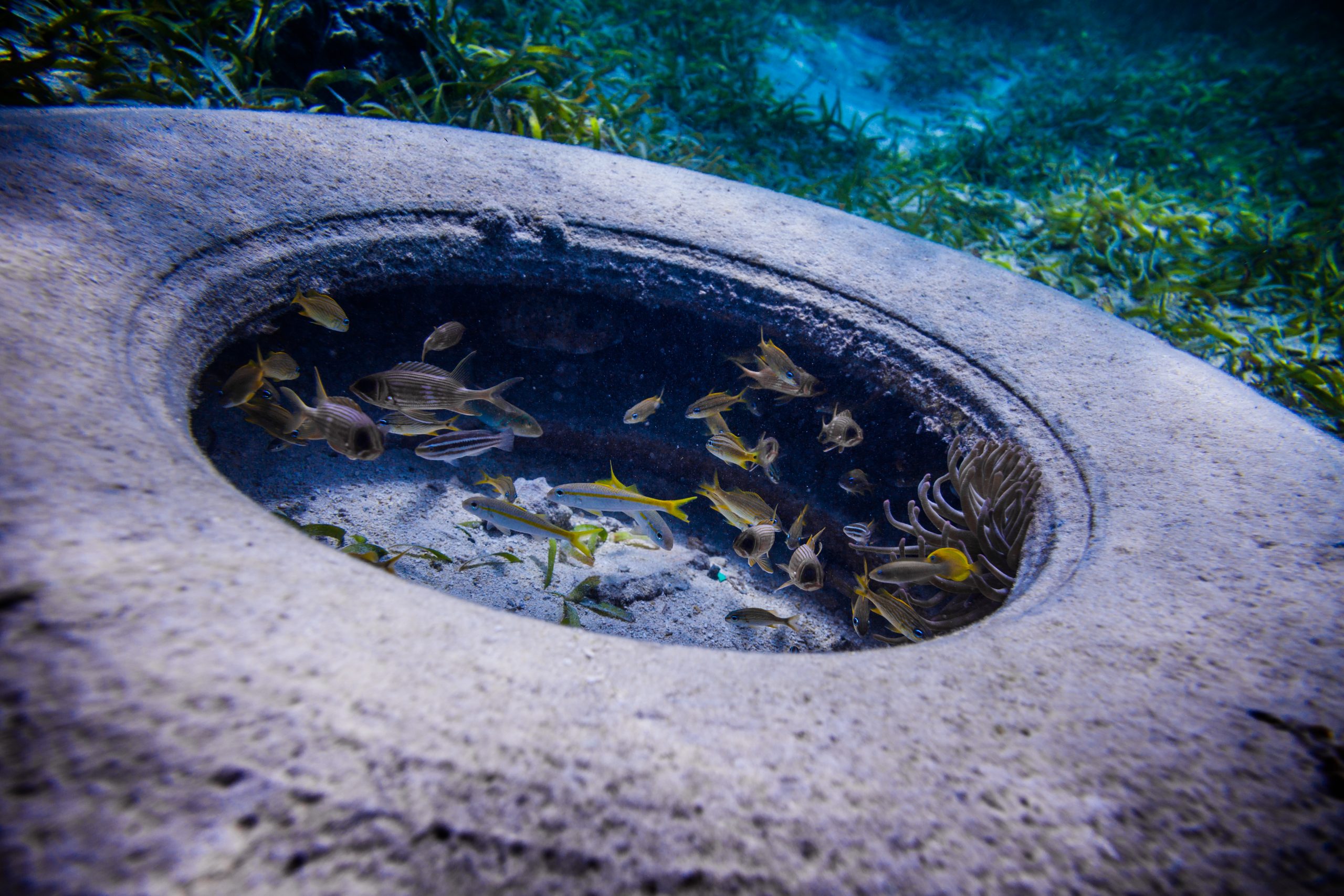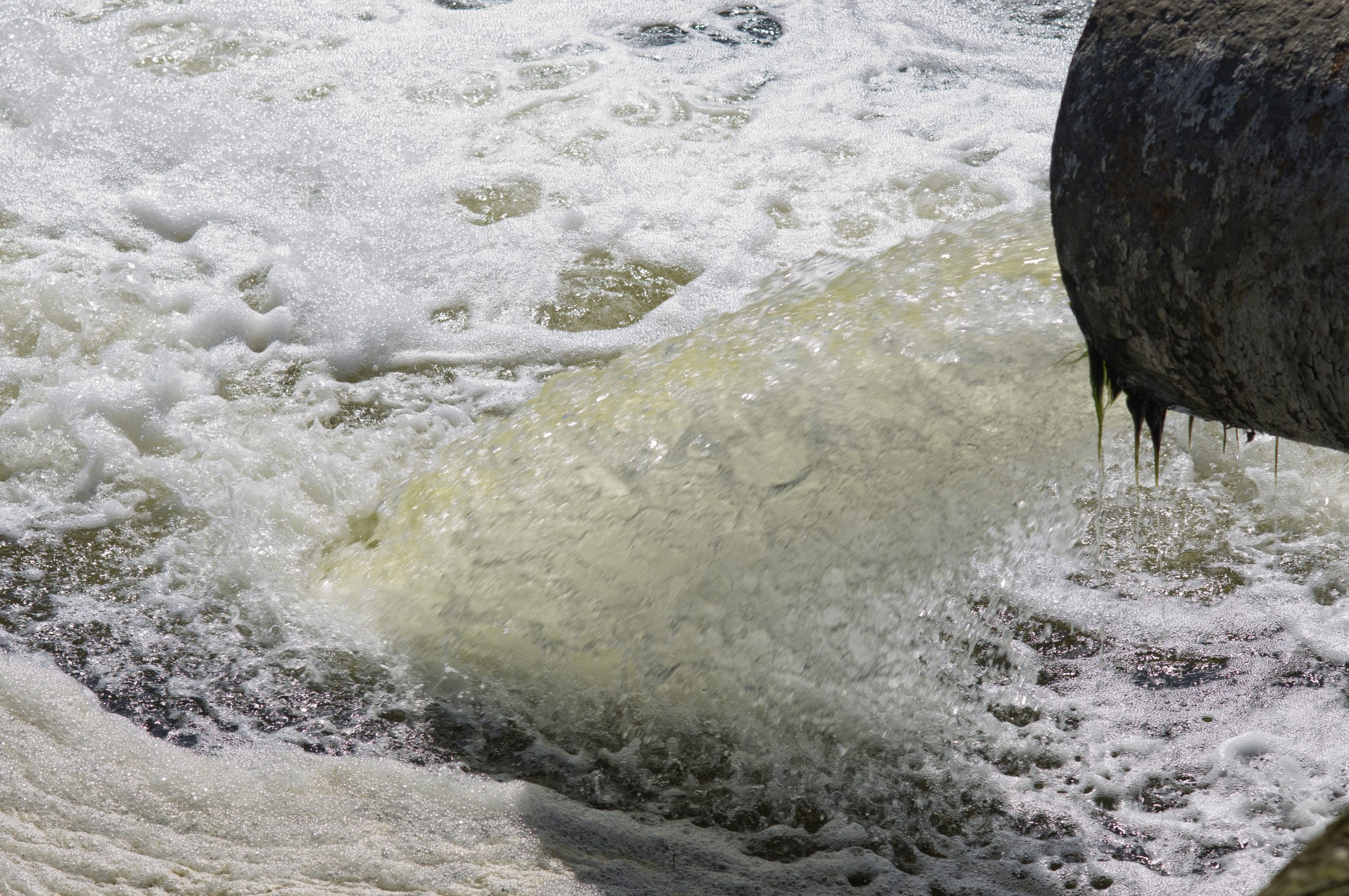A Circular Economy Model for Waste Management
Major threats to the health, productivity and biodiversity of coastal and marine environments result from land-based human activities.
Most of the pollution load entering the sea from sources such as municipal, industrial and agricultural waste discharge and surface runoff, mainly consisting of plastics, affects some of the most productive areas of marine environments, including estuaries and near-shore coastal waters.
In 2010, the Kenyan constitution devolved domestic waste management to individual counties. However, there has been demand for federal-level intervention as some of the counties have made minimal investment into long-lasting solutions to solid waste management.
Within the coastal and inshore waters of Kenya, the contaminants which have caused the greatest concern include organic waste from domestic and industrial sewage; microbial pollutants; agrochemicals such as biocides and excessive nutrient loads; and toxic chemicals which include heavy metals, oil and petroleum and other industrial chemicals.
Research data have shown that most waste in Kenya—which is overall 60 percent organic, 30 percent recyclable and 10 percent ‘other’—could be recycled or re-used. These findings led the Ministry of Environment and Forestry to enact a National Sustainable Waste Management Policy in 2020, introduce the Sustainable Waste Management Bill in 2021 and develop a National E-Waste Management Strategy for 2019–2024 to combat this issue and establish a circular economy model for waste management in Kenya.
Considerable efforts have been made to manage the pollution problem in Kenya, such as through the Environmental Management and Coordination Act (EMCA) Water Quality Regulation in 2006, and the EMCA Waste Management Regulation in the same year.

These regulations aim to enhance responsibility for waste management by ensuring that those who sell products that generate waste invest in waste management.

The regulation is expected to increase the number of participants and resources committed to waste management and create thousands of job opportunities.
Challenges
One of the main challenges is the time lag associated with the bureaucratic process that policies and bills must go through. After a bill has been passed by the Kenyan cabinet and parliament, it still needs to go through the senate.
After a bill becomes law, successful implementation relies on factors such as a change in public attitude, getting individuals, as well as organisations, involved with waste sorting at the source of production, not dumping hazardous waste and e-waste into dumpsites, extracting the maximum value from waste, and establishing reuse and material recovery facilities as well as sanitary landfills.
Recipe for Successful Implementation
Pollution prevention and control has the overall objective of mitigating harm and damage to coastal and marine resources and ensuring a sustainable environment and means of development.
Implementation success relies on the active participation of all sectors in the circular economy model since waste management heavily focuses on continuity. Reducing marine pollution requires releasing and disposing of residual waste in an environmentally safe manner, incorporating aspects of the circular economy model and employing waste recovery technologies at all levels.


